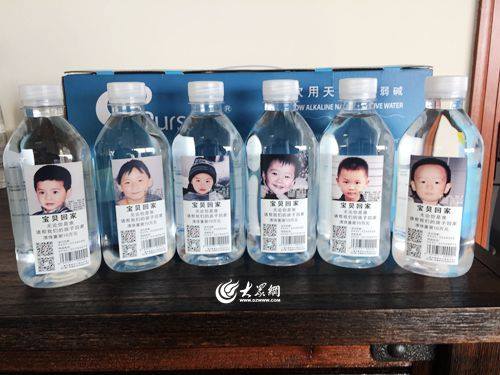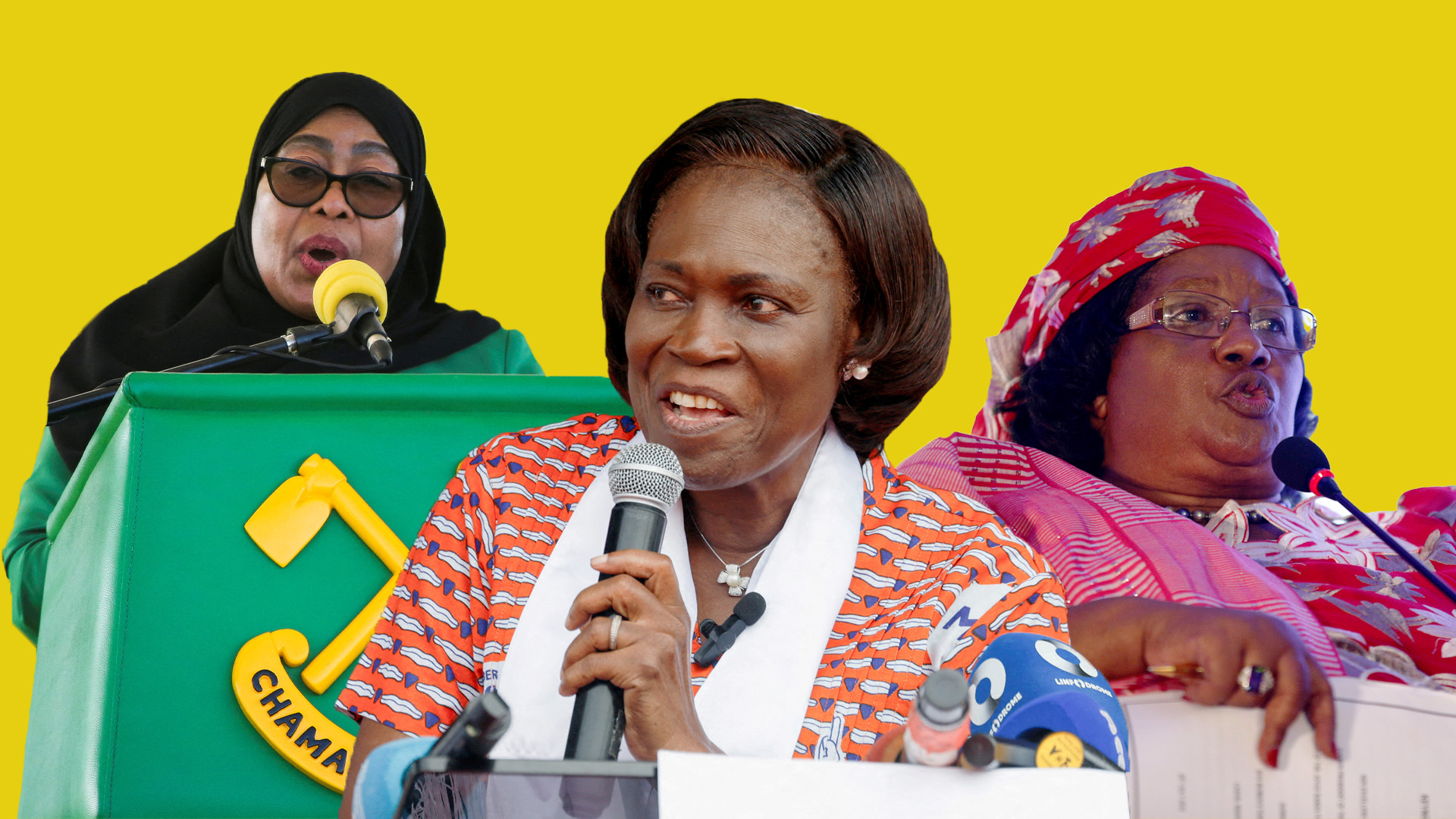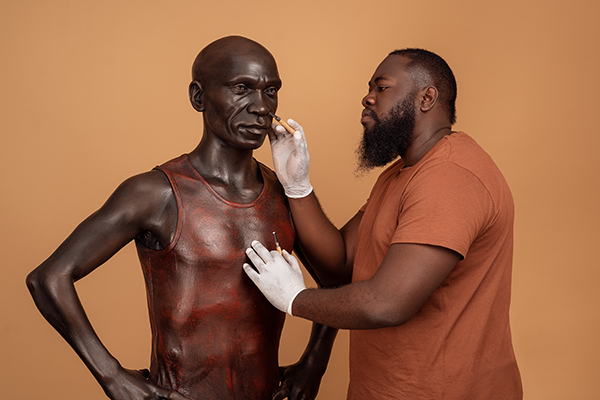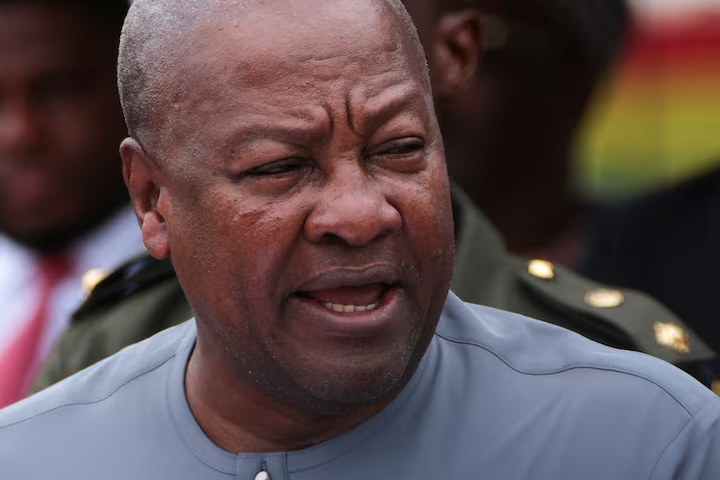
Mineral water bottle becomes a medium to find missing children
There was a time when photos and information of missing children were broadcast on television and plastered on neighborhood walls. But one company in Qingdao has adopted an innovative approach – they’re using water bottles to publicize the message about missing children.
A Qingdao-based food company teamed with Baobeihuijia.com, an online database that tracks missing children, to launch mineral water bottles that are wrapped with details of missing children, including their photos.
Each year, an estimated 200,000 children go missing in China, according to a story published in China National Radio’s website. But regardless of the number, the fact that many children go missing cannot be ignored. And this is why local companies are trying to step in for help.
The food company in Qingdao has so far introduced 500,000 water bottles with the information of six missing children and their parents’ contact numbers, along with the slogan: “Baby, come home.”
 “The parents of the missing children authorized us to post their information on our products in July,” a manager for the company, surnamed Wang, told Dazhong News, a local news portal.
“The parents of the missing children authorized us to post their information on our products in July,” a manager for the company, surnamed Wang, told Dazhong News, a local news portal.
He said the first batch of the water bottles will be sold in supermarkets, airports and train stations in a bid to locate the children. He said the campaign could encourage people to participate in a collective search mission to find those missing children, who are likely abducted or trafficked.
The initiative is akin to an attempt from 1979 when a bereaved father of six-year-old boy in New York City printed his son’s photo and information on milk cartons and distributed to neighbors, hoping he could be found. However, after 20 years, the boy was declared legally dead.
Qingdao’s campaign is also not immune to challenges.
One of the children featured in the bottle was kidnapped in 2003. So it is unlikely that people would recognize him now – the child would be 18 years old.
But in recent years, the government has been proactive in introducing measures to combat child trafficking.
In 2009, China set up the world’s first DNA database to find missing kids. By the end of 2015, over 4,000 missing children had been reunited with their families through this database, according a government-issued human rights report.







